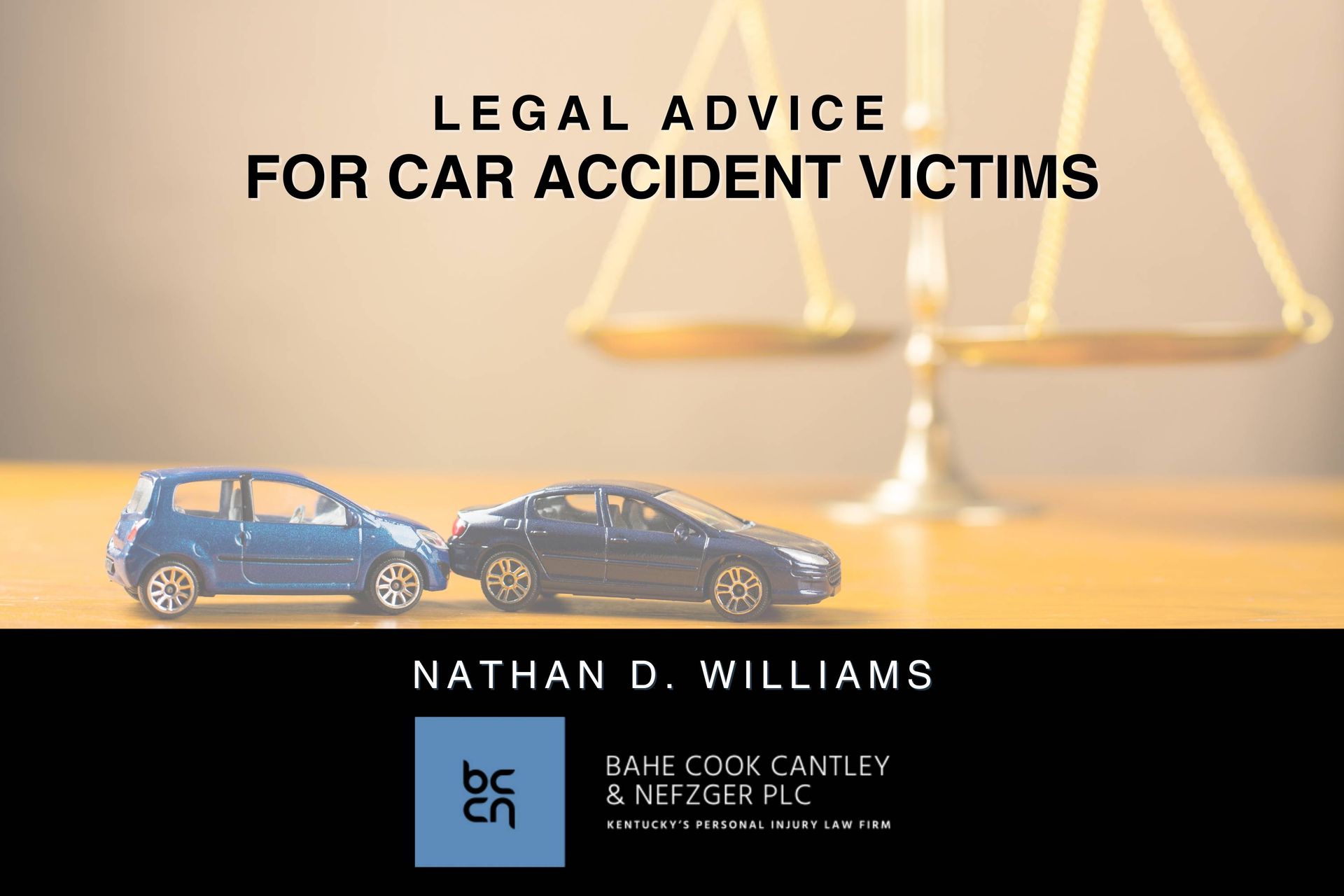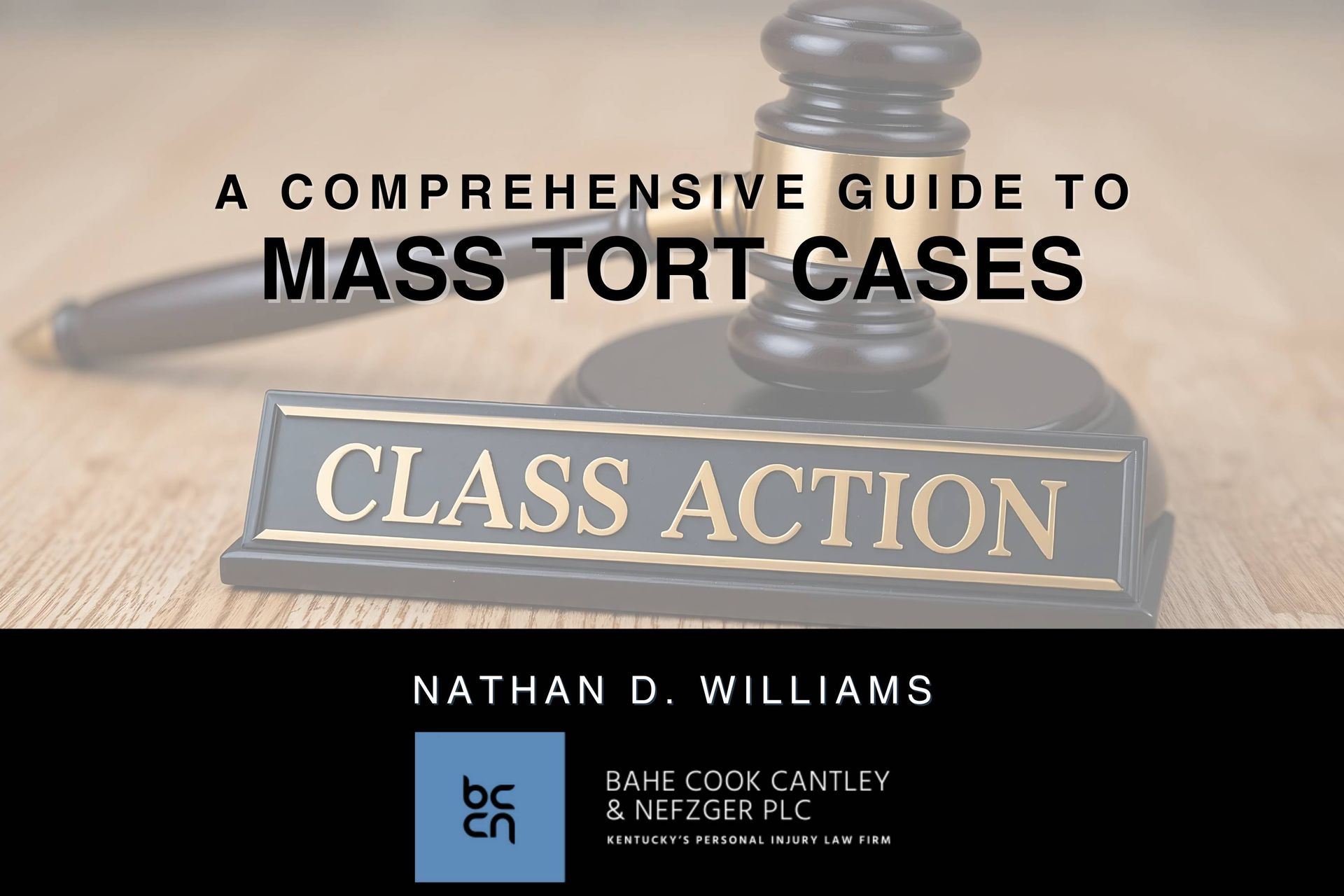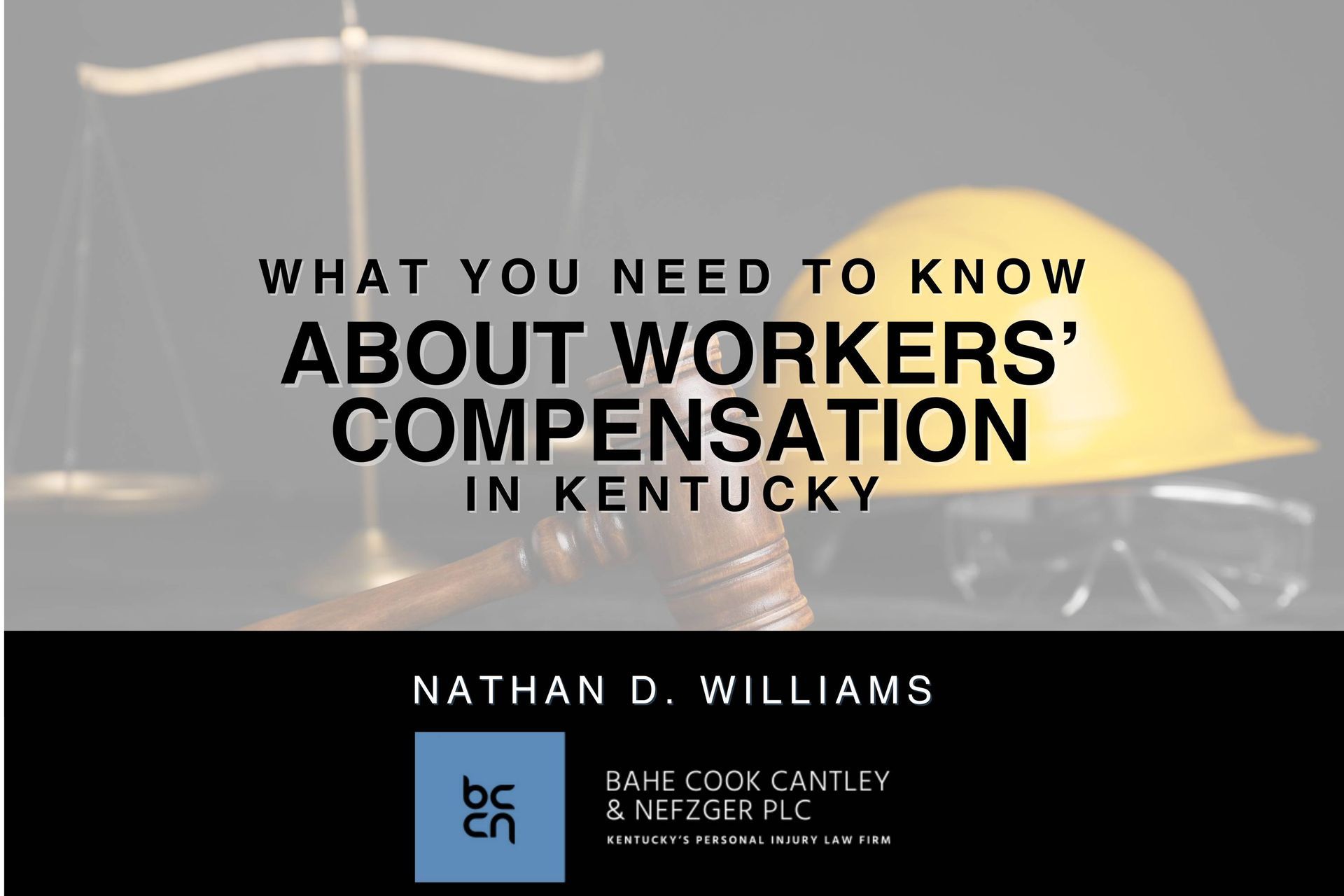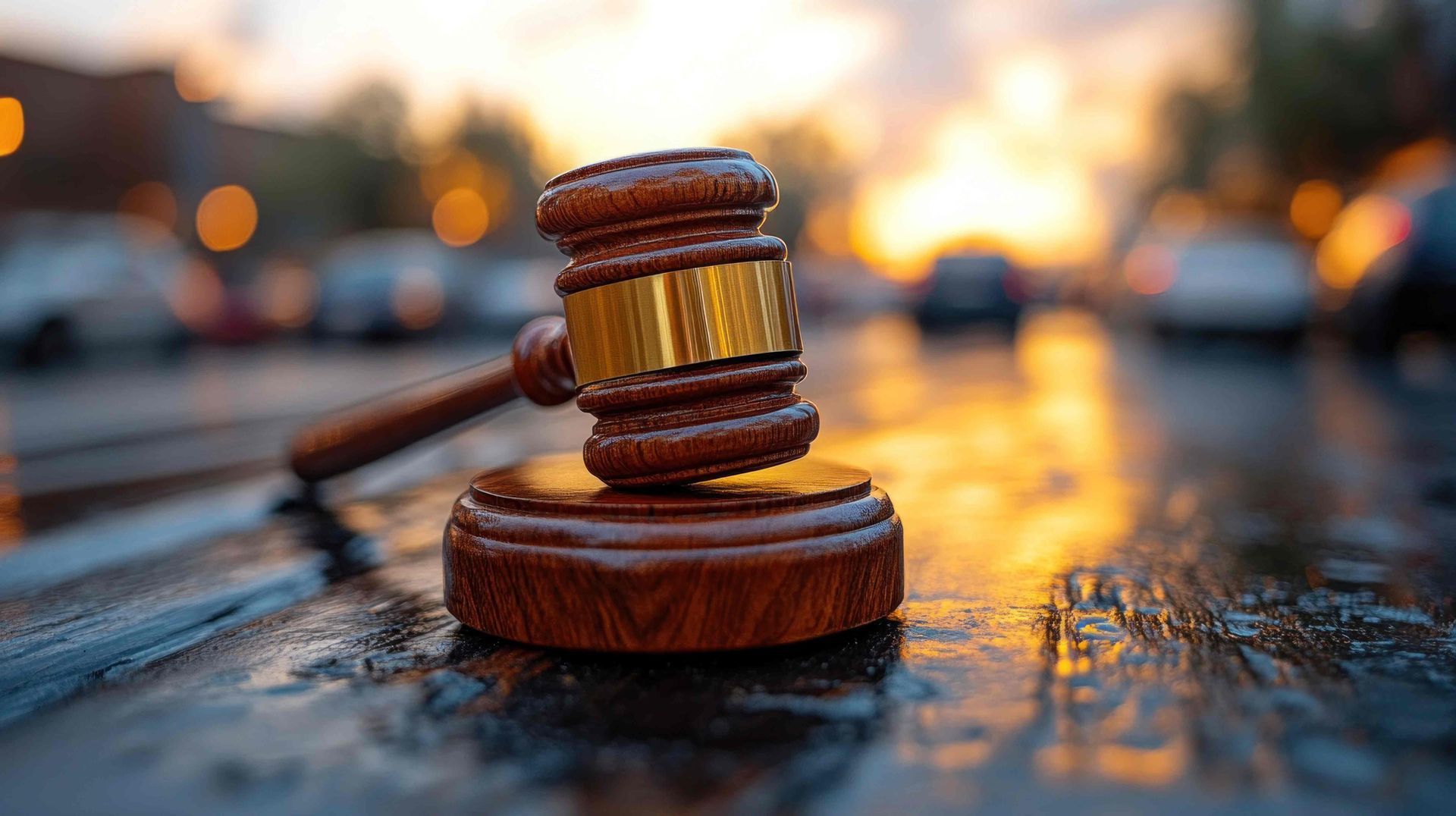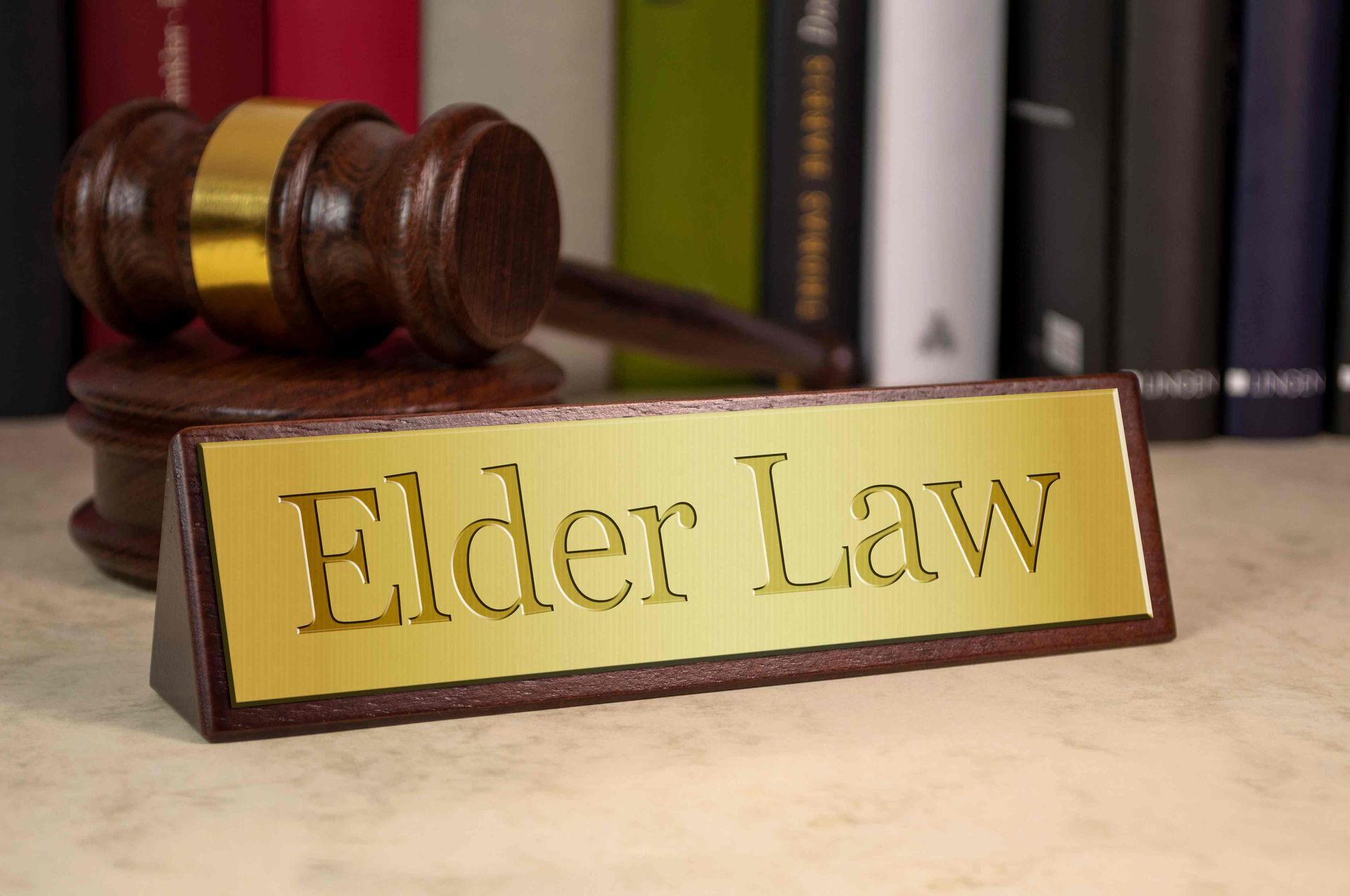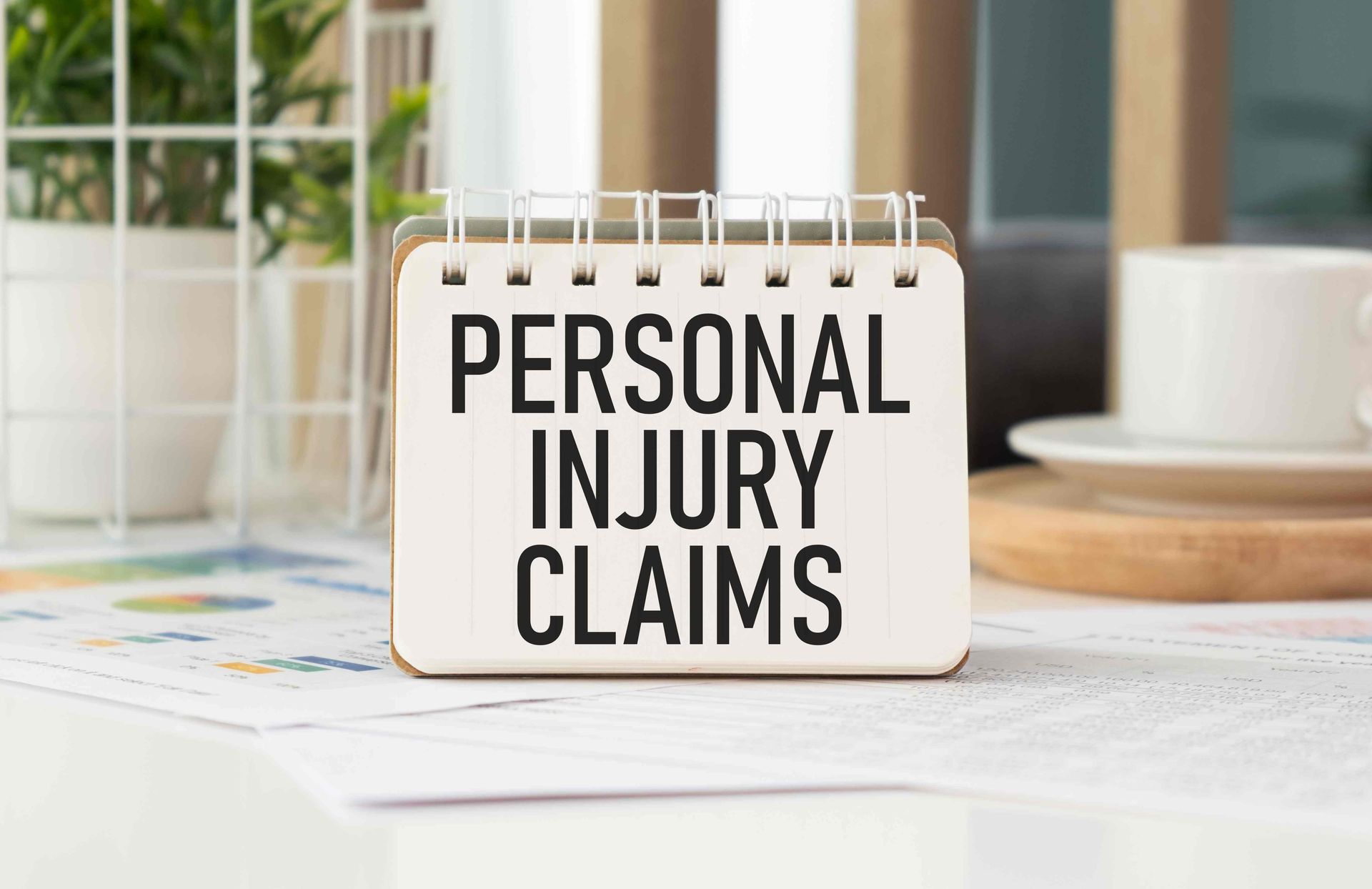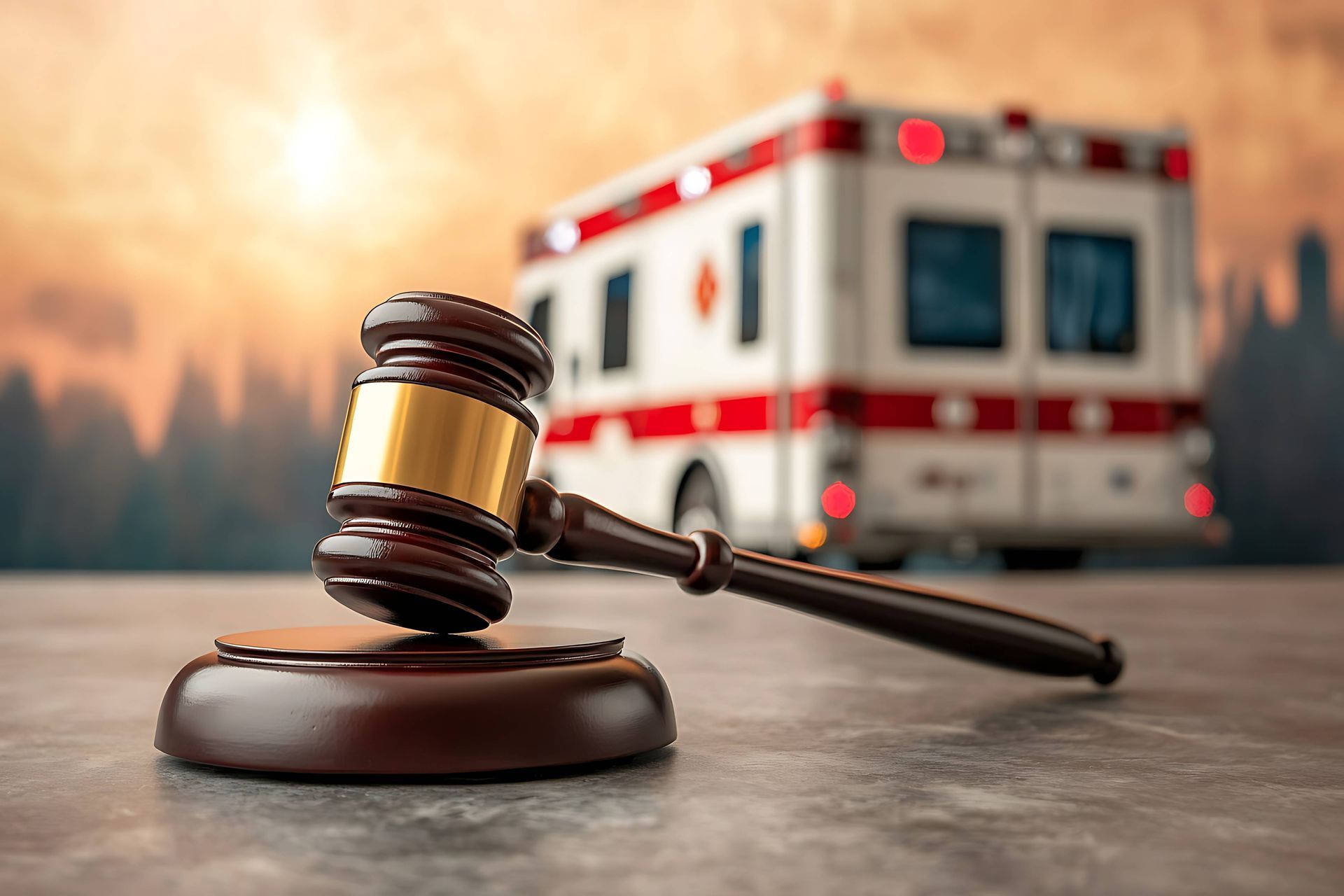Who Pays for Pain and Suffering in a Car Accident?
Car accidents, no matter how big or small, can cause severe damage to those involved. They may entail considerable financial expenses, emotional distress, and physical injuries. Car insurance claims can help ease the burden, but pursuing compensation can be complicated and may require the assistance of a lawyer.
Who pays for pain and suffering in a car accident typically depends on the state you are in and the person responsible for causing the accident.
Determining liability is thus essential when filing an insurance claim. The party responsible for causing the accident may have to bear a larger portion of the expenses, be it medical or repair bills and compensation for emotional distress. This is particularly true in at-fault states.
Learn who pays for pain and suffering in a car accident and what compensation you can claim to understand what goes into an insurance claim.
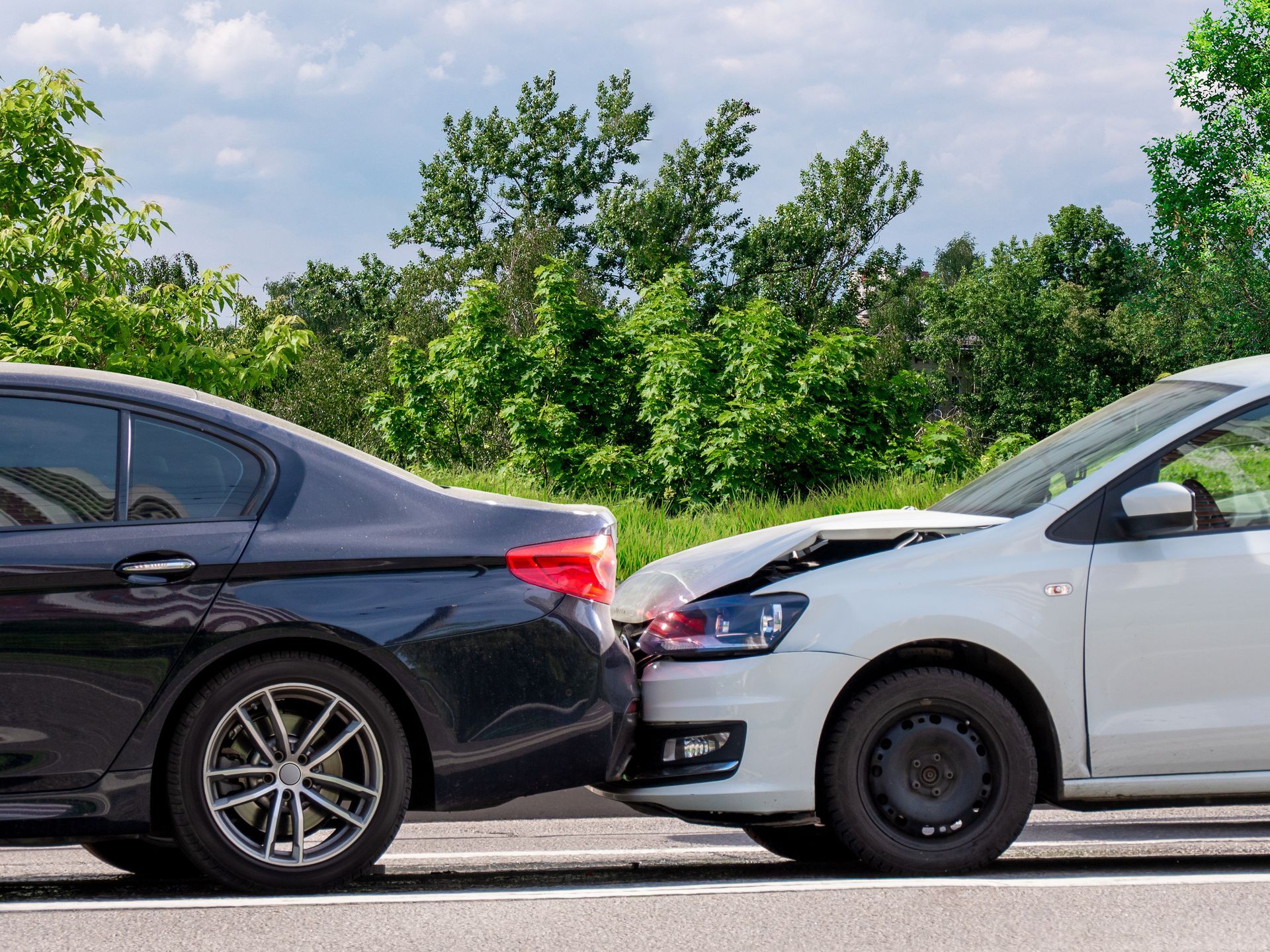
What Damages Can Be Included in Insurance Claims?
Car accident damages involve the monetary compensation you might receive for the damages you suffered due to an accident. These are usually divided into two main categories: economic and non-economic damages.
These are compensated based on the actual losses suffered. They can be classified into the following types:
Property Damage
This includes any damages to your property. Typically, this includes repair or replacement costs for damages to your vehicle. However, if your jewelry, clothing, electronic devices, and other personal items have been damaged, you may include them in your claim.
Medical Expenses
Car accidents often cause bodily injuries and victims may require expensive medical treatments. Medical expenses are thus a vital component of insurance claims and include the following costs:
- Health facility stays
- Ambulance costs
- In-home care
- Medication
- Surgeries
- Cognitive therapy
- Rehabilitation expenses
- Prosthetic devices
You can also include estimated costs for future medical treatments that you may require due to the accident.
Loss of Wages
In the aftermath of an accident, you may have to miss work due to your injuries. Though this can lead to a loss of wages, you may be able to recoup them from your insurance claim.
Wrongful Death
In the unfortunate circumstance where an accident causes someone’s death, the funeral and burial costs may be reimbursed. Receiving compensation for wrongful death can be relatively straightforward in most cases. However, compensation for the pain and suffering the death has caused can also be claimed though it is more difficult to quantify.
Pain and Suffering
Pain and suffering are non-economic damages and may be difficult to define. Hence, they tend to vary based on different factors such as the severity and extent of the damage sustained by an individual.
It takes into account how the physical injuries from the accident may impact a person’s daily life and how it can hinder their activities.
It also considers the emotional effects of the accident and the distress caused by the injuries, especially when they hinder a person’s normal functioning.
Who Pays for Wrongful Death, Pain and Suffering in a Car Accident: Understanding Liability
Pain and suffering are classified as non-economic damages. They may not be applicable in certain states because there are “at-fault” and “no-fault” states. Each has different jurisdiction and policies in place where pain and suffering are concerned.
No-Fault Accidents
In states with no-fault laws, each driver involved in an accident files a claim with their own insurance company.
Their economic losses, including medical bills and lost wages, are paid from their personal injury protection (PIP) or no-fault insurance regardless of who caused the accident.
As for the property damage sustained, the driver who is responsible for the accident must pay for the other driver’s car repairs from their property damage liability coverage.
Non-economic damages such as pain and suffering usually are not covered by the insurance claim.
At-Fault Accidents
When an accident occurs in an at-fault state, also known as a tort state, the at-fault driver who caused the crash must bear the primary responsibility for all the damages incurred.
This includes medical expenses, lost wages, and other economic damages. It also encompasses non-economic damages such as pain and suffering.
In such cases, the responsible driver’s property damage liability will pay for the other driver’s vehicle damage repairs. Meanwhile, their bodily injury liability will pay for the medical expenses.
Usually, there are certain limits imposed on the coverage amount of each policy. If the amount of liability exceeds their insurance coverage, the driver at fault may have to pay the excess amount out of pocket.
“Choice” No-Fault States
Kentucky is just one of three “choice” no-fault states in the country in addition to Pennsylvania and New Jersey.
This means that according to the state’s laws, each driver must be offered no-fault insurance by default with personal injury protection as their primary coverage. However, drivers are given the freedom to reject PIP coverage in writing.
This makes at-fault car insurance policies applicable to them, giving them the right to sue an at-fault driver if they cause any damages. However, this is a double-edged sword as it also surpasses the legal protections that come into play with no-fault policies. This means that the driver who forgoes PIP coverage may be sued without restrictions in case they are at fault in an accident.
How To Determine Who Is at Fault?
The process of determining who is at fault for an accident involves:
- Police investigation to clearly determine, analyze, and define the accident and severity of the damages
- Review of the police report by the insurance company to decide which claims are fulfilled by the policy
- Statements from each driver to their respective insurance companies to file and settle claims
You may be considered to be at fault if you meet the legal definition of negligence. You may be deemed negligent if:
- You owed the other party a duty of care
- You violated that duty of care
- The other person suffered damages due to your violation of that duty
According to Kentucky’s pure comparative negligence, if both drivers are at fault, the degree of negligence is compared and damages are paid accordingly.
Based on these criteria, the driver at fault must cooperate with law enforcement, exchange information with the other driver involved, and report the incident to their insurance company. They must also seek legal advice by contacting a professional lawyer.
On the other hand, the victim of negligence must document the scene to the best of their ability with pictures and videos. They should also seek medical attention, maintain relevant records (including a paper trail of important documents), and contact their insurance company. Additionally, they should consult an attorney to understand their rights.
Final Thoughts
Serious vehicular accidents can be difficult to recover from. Between healing from your injuries and handling the insurance paperwork, it can get overwhelming. Legal assistance from a skilled lawyer such as those from Bahe Cook Cantley & Nefzger can ease your burden.
We have the required experience, skills, and knowledge to provide you with legal representation for the best outcomes. We can ensure that you receive the compensation you deserve without the unpleasant experience of negotiating with insurance companies on your own.
Contact us for a free consultation and let’s figure out the best approach for your situation.

